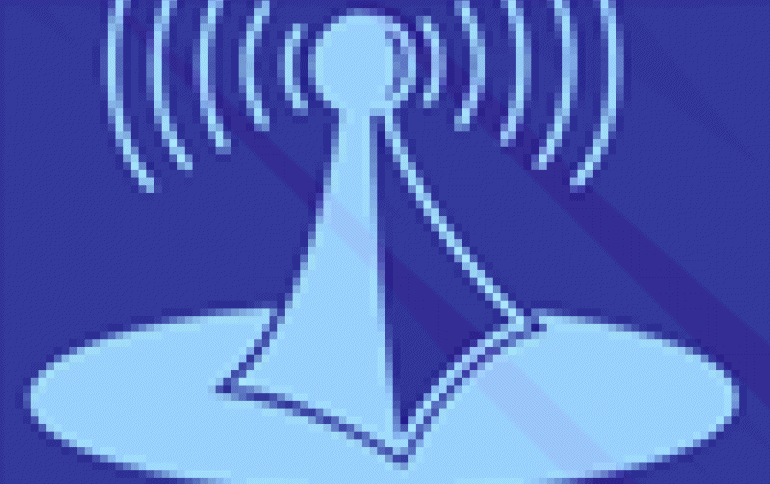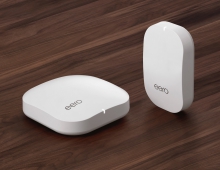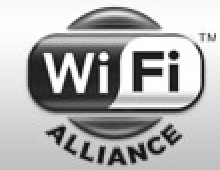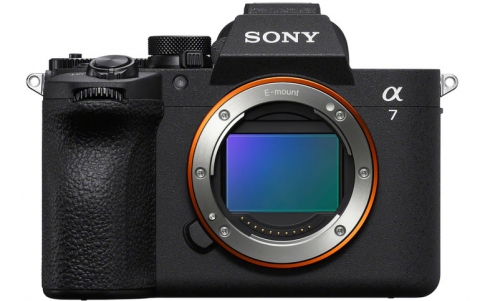
Wireless standards are confusing the market
The proliferation of competing wireless standards risks confusing technology users and preventing such technologies from gaining mass-market acceptance, according to the Ultrawideband (UWB) Forum.
Speaking as part of a panel of industry experts at the Wireless Connectivity World (WiCon) conference in London this week, Mike McCamon, executive director of the UWB Forum, said the current state of the wireless world is analogous to the wired world in the 1990s - where competition between wired networking technologies such as Token Ring and Ethernet left users confused and uncertain.
"It's 1990 in the wireless space at the moment. It is really a complete and utter mess but hopefully we can move towards having one complete standard and get past all this politics," said McCamon.
The companies currently championing various wireless technologies need to co-operate to ensure users get the most seamless connectivity experience possible, he said.
Franz Hanzlik, managing director of the Wi-Fi alliance, backed up McCamon's calls for closer cooperation between the various wireless-technology standards. "There is no one wireless technology that is going to do it all. It's a trade-off but our customers don't care what technology they are using at the end of the day. Ultimately the real challenge is finding ways to integrate these technologies seamlessly," said Hanzlik.
There are a number of incompatible networking technologies, such as Bluetooth, Near Field Communication (NFC), Ultrawideband, Wi-Fi and ZigBee, which have some similar uses but are better tuned for different situations. For example, Wi-Fi has a good range and throughput and can be used in most wireless networking situations, but it can consume a significant amount of battery life in portable devices. Bluetooth has low power consumption and is viewed as a better networking fit in devices such as mobile phones.
Some efforts have been made by the various wireless factions to improve integration. Earlier this month, The Bluetooth Special Interest Group announced that it will work with Ultrawideband developers to make the two wireless networking technologies compatible. The move will allow developers and eventually consumers to take advantage of the high transfer rates of the Ultrawideband technology - between 100Mbps and 200Mbps over a range of three to six metres - on the broad array of devices that now include Bluetooth technology.
The expert panel at the WiCon Conference, also featured representatives from the Bluetooth Special Interest Group (SIG), WiMax Forum and Freescale - one of the two competing Ultrawideband standard groups.
Bob Heile, chairman of the ZigBee Alliance, also participated in the panel but claimed that his particular wireless standard was unique in the market and so wasn't subject to the same issues of integration as the wider range standards such as Wi-Fi and Wi-Max.
"It's 1990 in the wireless space at the moment. It is really a complete and utter mess but hopefully we can move towards having one complete standard and get past all this politics," said McCamon.
The companies currently championing various wireless technologies need to co-operate to ensure users get the most seamless connectivity experience possible, he said.
Franz Hanzlik, managing director of the Wi-Fi alliance, backed up McCamon's calls for closer cooperation between the various wireless-technology standards. "There is no one wireless technology that is going to do it all. It's a trade-off but our customers don't care what technology they are using at the end of the day. Ultimately the real challenge is finding ways to integrate these technologies seamlessly," said Hanzlik.
There are a number of incompatible networking technologies, such as Bluetooth, Near Field Communication (NFC), Ultrawideband, Wi-Fi and ZigBee, which have some similar uses but are better tuned for different situations. For example, Wi-Fi has a good range and throughput and can be used in most wireless networking situations, but it can consume a significant amount of battery life in portable devices. Bluetooth has low power consumption and is viewed as a better networking fit in devices such as mobile phones.
Some efforts have been made by the various wireless factions to improve integration. Earlier this month, The Bluetooth Special Interest Group announced that it will work with Ultrawideband developers to make the two wireless networking technologies compatible. The move will allow developers and eventually consumers to take advantage of the high transfer rates of the Ultrawideband technology - between 100Mbps and 200Mbps over a range of three to six metres - on the broad array of devices that now include Bluetooth technology.
The expert panel at the WiCon Conference, also featured representatives from the Bluetooth Special Interest Group (SIG), WiMax Forum and Freescale - one of the two competing Ultrawideband standard groups.
Bob Heile, chairman of the ZigBee Alliance, also participated in the panel but claimed that his particular wireless standard was unique in the market and so wasn't subject to the same issues of integration as the wider range standards such as Wi-Fi and Wi-Max.




















